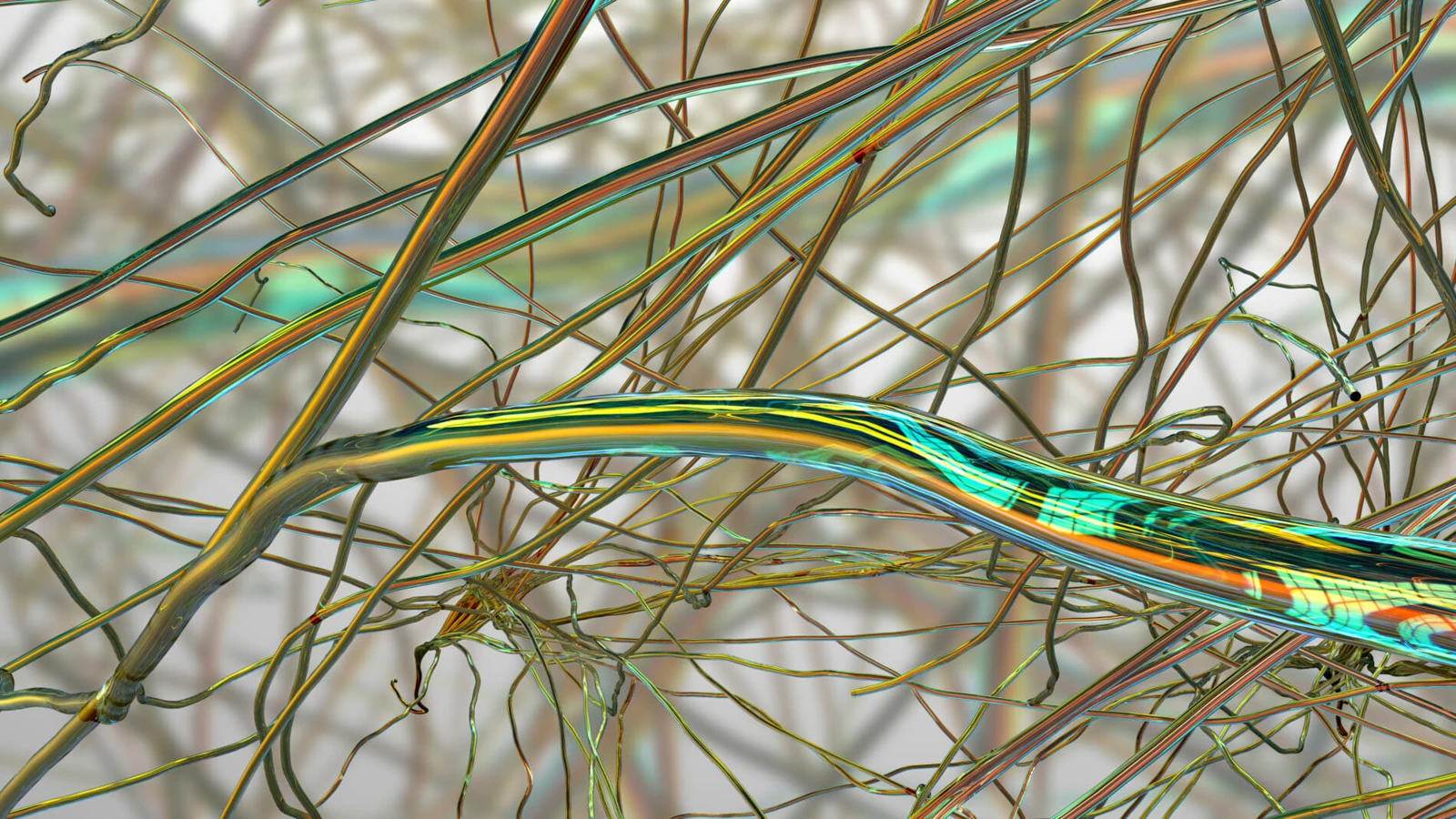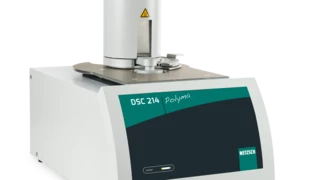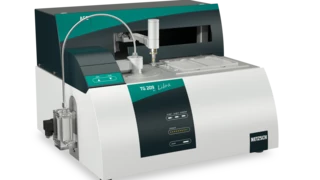
15.09.2023 by Aileen Sammler
From Drug Delivery to Cosmetics: A Deep Dive into Thermal Analysis of Electrospun Polymeric Nanofibers
Electrospun nanofibers are ultra-fine fibers produced using an electrospinning process. This process involves the use of an electric field to draw charged threads of polymer solutions or melts up to fiber diameters in the order of some hundred nanometers. The versatility of the electrospinning process allows for the production of nanofibers from a wide variety of polymers, and even ceramics or composites.
Polymeric nanofiber non-woven materials produced by electrospinning have extremely an high surface-to-mass (or volume) ratio and a porous structure with excellent pore-interconnectivity. These characteristics plus the functionalities and surface chemistry of the polymer itself impact the nanofibers with desirable properties for a range of advanced applications.
Some of the applications of electrospun nanofibers include drug delivery, controlled drug release, regenerative medicine, tissue engineering, biosensing, stent coating, implants, cosmetics, facial masks, and theranostics.
Read this new research article focusing on investigating the impacts of annealing on the mechanical and thermal characteristics of oriented PAN (Polyacrylonitrile) nanofibers produced through the electrospinning of a PAN solution. The nanofiber mats were subjected to annealing temperatures ranging from 70°C to 350°C and characterized using a tensile test machine, thermogravimetry (a TGA 209 F1 Libra® by NETZSCH Analyzing & Testing), differential scanning calorimetry (a DSC 214 Polyma by NETZSCH Analyzing & Testing), and scanning electron microscopy (SEM).
The study aimed to examine the tensile strength in the transverse and longitudinal directions, the Young’s modulus, and the Glass Transition TemperatureThe glass transition is one of the most important properties of amorphous and semi-crystalline materials, e.g., inorganic glasses, amorphous metals, polymers, pharmaceuticals and food ingredients, etc., and describes the temperature region where the mechanical properties of the materials change from hard and brittle to more soft, deformable or rubbery.glass transition temperatures of PAN nanofiber mats.
Differential scanning calorimetry (DSC) was conducted to investigate the Glass Transition TemperatureThe glass transition is one of the most important properties of amorphous and semi-crystalline materials, e.g., inorganic glasses, amorphous metals, polymers, pharmaceuticals and food ingredients, etc., and describes the temperature region where the mechanical properties of the materials change from hard and brittle to more soft, deformable or rubbery.glass transition temperature of PAN powder and nanofiber mats.
The TGA was used to gain information about mass changes due to degradation processes and volatile evaporation taking place in the PAN powder, the untreated nanofiber mat and the annealed nanofiber mats.
One of the co-authors is our long-term sales applications engineer, Hilary Smogor, from NETZSCH Instrumenty. Sp. z.o.o. Krakow, Poland.


